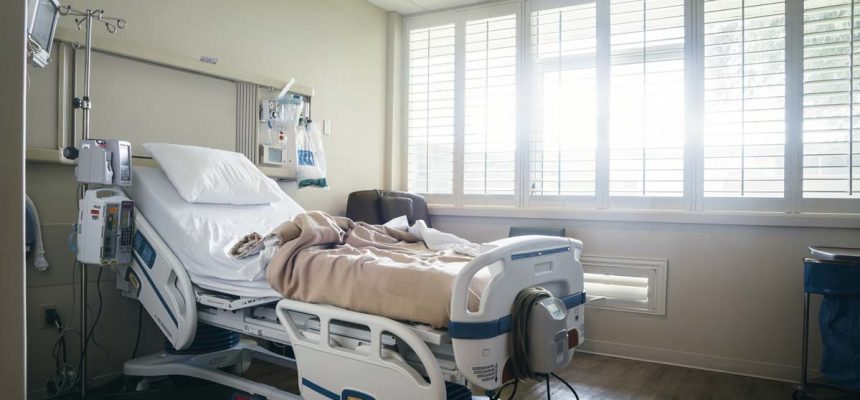COVID-19 Disproportionately Affects High-Poverty Neighborhoods
By Consumers For Quality Care, on January 11, 2021

According to Kaiser Health News, a report from California Healthline shows that the COVID-19 pandemic has disproportionately hit high-poverty neighborhoods the hardest.
The findings bring to the foreground the risk that low-wage workers – such as grocery store clerks, gas station cashiers, home health aides and a myriad of other retail and service employees – have endured and will continue to endure as we enter the winter months.
By late November, the analysis found, about 49 of every 1,000 residents in the state’s poorest urban areas — defined as communities with poverty rates higher than 30% — had tested positive for COVID-19. By comparison, about 16 of every 1,000 residents in comparatively affluent urban areas —communities with poverty rates lower than 10% — had tested positive.
The data was collected from nine of the 12 most populous counties in California, revealing a common pattern of COVID-19 spread based on income levels.
For example, in the 94621 ZIP code in southern Oakland, where nearly 30% of residents live below the poverty line, there were about 54 confirmed infections per 1,000 people as of late November. Several miles north, in the 94618 ZIP code — the Rockridge and Upper Rockridge neighborhoods, where about 5% of residents live below the poverty line — there were about four confirmed infections per 1,000 people as of late November.
While low-income residents are reducing the number of outings and social gatherings they attend, the research found that a leading factor to the increased COVID-19 positivity rate is their work. Unlike many high-wage workers, many low-wage workers need to leave their home and are not afforded the ability to work remotely.
Jonathan Jay, assistant professor of community health sciences at Boston University said, “We didn’t find anything that would confirm the idea that lower-income people were unaware or unmotivated.”
The research also suggests that a higher COVID-19 positivity rate among low-wage workers is due to the fact that they tend to live in densely populated households, making it harder to isolate if you contract the virus.
Dr. Kirsten Bibbins-Domingo, professor and chair of the Department of Epidemiology and Biostatistics at the University of California-San Francisco, has been calling on policy makers and community and business leaders to embrace new policies that protect workers if they contract COVID-19.
“What the failure has been is to recognize that poor communities always have higher transmission during a pandemic; that we sort of expect to happen,” she said. “Knowing that is going to happen, it’s the responsibility of policymakers to actually put protections in place, to help the communities with the least resources to address the needs in the pandemic.”



